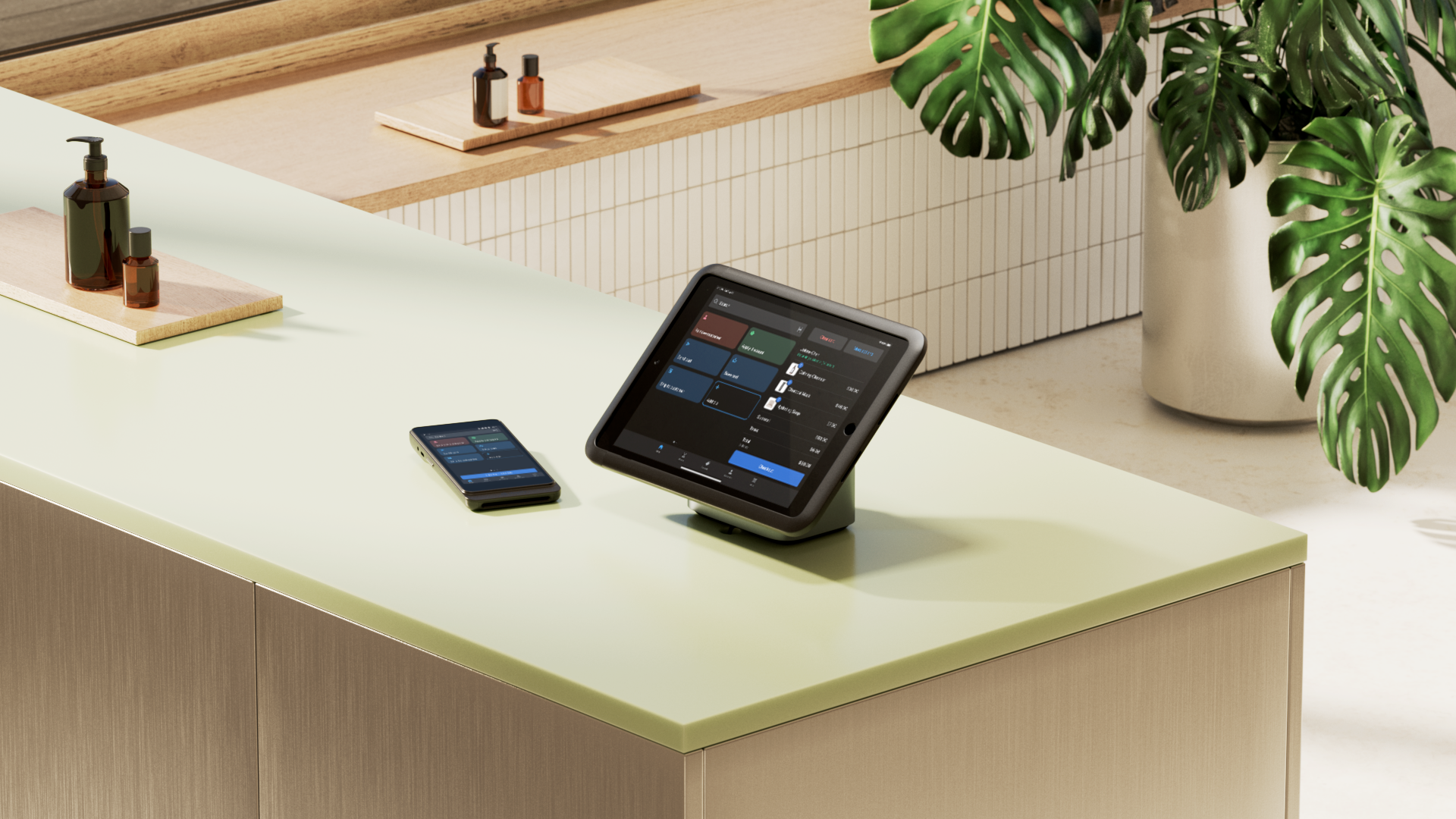Building great customer relationships is like dating. It requires attention, time, and a strategy. And part of that strategy is evaluating compatibility and mutual interest so that your company invests its time and attention in the right customers for your brand. At its heart, lead qualification helps assess that compatibility. By identifying potential customers who are a good fit for your brand, your business can optimize its resources to build great relationships from the start.
For Neil Hoyne, chief data and measurement strategist at Google, it’s all about being intentional about where you put your energy. “You need to be mindful about what’s leading you to slightly better people [customers who stick with you longer and spend more money] and put a little bit more emphasis there and a little less emphasis on those people we know aren’t going to come back,” Neil says on an episode of Shopify Masters.
This, in essence, is what a good lead qualification strategy can do. It offers a programmatic way to sort through all the possible matches out there to identify and engage with the best ones—the ones who want or need what your company offers.
What is lead qualification?
Lead qualification is how you evaluate the relative value, interest, and purchase intent of potential customers, also known as leads. By assessing leads with a set of established criteria, your marketing and sales teams can make strategic decisions about where to invest time and resources to build great customer relationships.
There are many paths a lead can take to learn about your product or service. Depending on the kind of company you run, you will likely focus on certain types of qualified leads. Here are a few main ones that ecommerce companies focus on:
-
Marketing-qualified leads. A marketing-qualified lead (MQL) has been identified through lead generation or other marketing efforts as a potential match for your company. An MQL may or may not have had any direct experience with your company.
-
Sales-qualified leads. A sales-qualified lead (SQL) has been advanced further through the marketing funnel than an MQL, either through making a conversion or engaging with your team. In business-to-business (B2B) settings, SQLs are leads that are handed off to the sales team or sales reps for further qualification and assistance.
-
Product-qualified leads. A product-qualified lead (PQL) has some familiarity with the products you offer, whether through a promotion, free trial, or similar offer.
Lead qualification frameworks
While there’s no one-size-fits-all approach to lead qualification, there are some well-tested frameworks you can use to craft and tailor your own approach. The lead qualification process looks different for every company, but the following frameworks can be helpful starting points:
BANT
This framework is perhaps the most well-known among lead qualification frameworks. BANT stands for budget, authority, need, and timing. This acronym can act as a kind of checklist as you learn more about a lead:
-
Budget. Does the lead have the budget to buy what you’re selling?
-
Authority. Do they have the authority necessary to make the purchasing decision?
-
Need. Does your company offer something that meets a need of theirs?
-
Timing. What’s the time frame in which they are looking to make a purchase?
CHAMP
This framework starts in a more relationship-oriented place than BANT. Rather than finances, it focuses on a potential customer’s concerns and challenges. By discovering a lead’s pain points first, your company can begin a conversation about how to address them before tackling the question of cost and budget. To use CHAMP, ask the following questions:
-
Challenge. What are the main challenges or problems the lead is looking to solve?
-
Authority. As with BANT, is the lead in a position to make a purchasing decision?
-
Money. Does the lead have the resources needed to purchase your company’s solution?
-
Prioritization. How important or urgent is finding a solution to their pain points?
MEDDIC
More involved than BANT and CHAMP, this framework is better suited for B2B brands with more complex sales and marketing teams:
-
Metrics. What metrics is the company using to measure progress and success?
-
Economic buyer. Who is the right person in the company to learn about your product and consider purchasing it?
-
Decision criteria. What criteria does the company use to make its purchasing decisions?
-
Decision process. What steps does the company follow in its procurement process?
-
Identify pain points. What are the company’s challenges that your product can solve?
-
Champion. Who in the company will serve as your brand’s point person and champion?
How to use the lead qualification process
To begin qualifying leads, use these steps as your guide:
1. Define your ideal customer profile
Developing an ideal customer profile (ICP) will help you build your lead qualification criteria and strategy. It can be helpful to build out a lead qualification checklist to stay committed to your ICP. For an ecommerce business, an ICP might include the following information:
-
Industry
-
Professional role
-
Income or budget
-
Geographic location
-
Priorities
-
Challenges or pain points
-
Customer lifetime value
Including customer lifetime value (CLV) in your ideal customer profile will help you start to engage leads with the long-term relationship in mind, says Neil from Google.
Thinking in terms of CLV and high-value customers will also shift the kind of data you seek out, Neil says, and will likely impact your sales and marketing efforts. As Neil puts it, you’ll want to ask yourself questions like: Where do they come from? What do they buy? When do they buy? What do they need from me?
2. Gather data
Once you have crafted an ideal customer profile and know what a high-value customer relationship means to your company, you can begin to collect the data to help you evaluate leads. Lead scoring, or evaluating leads numerically using your ICP criteria, can help you qualify leads and identify the best matches for further engagement.
Neil says it’s important not to put the data before the relationship. Building a relationship with a qualified lead or customer should guide the data-gathering process—not the other way around. Because of that, he warns against leaving lead qualification to AI or marketing automation. Neil says that if you start by saying, “I want to build relationships, I want to figure out who those high-potential people are, you need to first go out and collect that data to build that strategy.”
Consider using lead generation software to help streamline this data collection process. You can access various types of lead qualification tools that will help you focus on high-quality leads and the right type of prospective customer.
3. Follow sales-ready leads
As with dating, not everyone’s ready for the kind of sustained relationship your company is looking to foster, so sorting sales prospects by relative sales-readiness is an important step in lead qualification. This step will help your team prioritize lead engagement and resourcing. As Neil says, “It's [asking]: What do we think is going to happen with the relationship? Do we think this person's going to be the best customer we ever had or someone we're never going to see again? And then we can act accordingly.”
4. Evaluate your approach
Like nearly all aspects of running a business, conducting better lead qualification is a process. Establishing metrics is an important step toward evaluating progress and turning more qualified leads into return customers. Here are a few metrics you can use to benchmark and improve your lead qualification program:
-
Win rate. This is the percentage of qualified leads that make it all the way through the sales cycle and convert to customers.
-
Lead qualification rate. This is the rate of leads that “pass” the qualification criteria you establish.
-
Lead conversion rate. This metric measures the proportion of leads that advance through the sales process to a conversion, such as signing up for a newsletter, joining a sales call, or attending a product demo.
With these metrics as your guide, you can start moving more of the right people through your sales funnel.
Lead qualification FAQ
What qualifies as a good lead?
Typically, a qualified lead has shown initial interest in or familiarity with your brand or products and demonstrated that they have the right combination of needs and resources to purchase what your company offers.
What does a lead qualification specialist do?
Like a matchmaker or even a good dating app algorithm, a lead qualification specialist engages with potential customers to assess what they’re looking for, and what they’re not. The lead qualification specialist engages with potential customers and synthesizes relevant data to assess their relative interest, compatibility, and fit with a brand. In a B2B setting, once a lead qualification specialist has qualified a lead, they will hand that lead off to a sales team or sales representative as a sales prospect to further nurture.
What is the skill of lead qualification?
Lead qualification is most successful when it’s viewed not just as a metric or a checklist, but as a conversation a business has with its highest-value customers. Not every conversation will lead to a long-term customer relationship, but the insights gained in every interaction will guide your company toward better matches and more effective lead qualification in the future.







